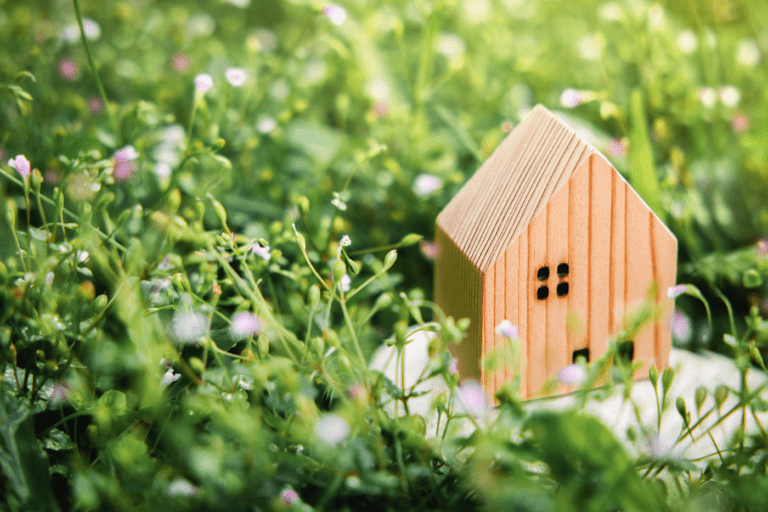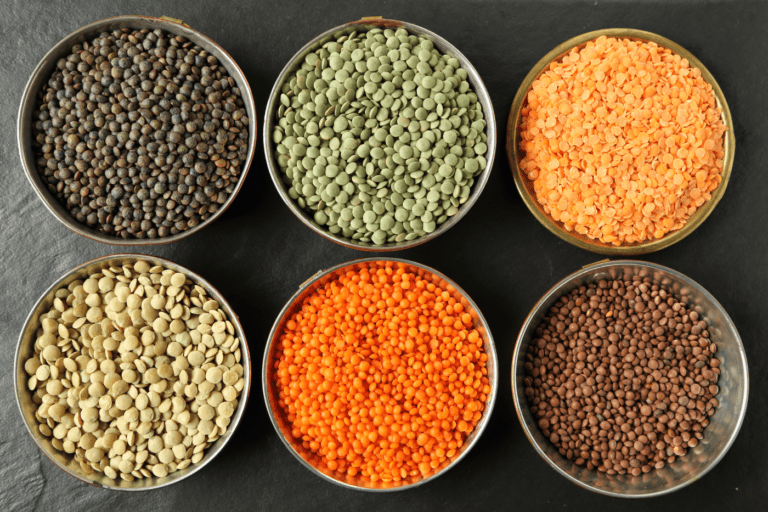Ever heard of cactus leather? If not, you’re in for a treat. In a world where sustainability is becoming increasingly crucial, innovative solutions like cactus leather are capturing the spotlight.
But here’s the thing – with so much buzz around eco-friendly alternatives, it’s easy to feel overwhelmed by conflicting information.
That’s where we come in! In this article, we’ll dive deep into the world of this vegan leather, exploring what it is, how sustainable it truly is, and what it means for our planet.
We’ve got all the juicy details waiting for you.
What is cactus leather and what is it made of?

Cactus leather is a plant-based material crafted from—you guessed it—cactus plants! Specifically, it’s made from the mature leaves of the prickly pear cactus, also known as nopal.
These leaves are harvested, dried, and then processed into a durable and versatile fabric that closely resembles animal leather.
Who invented cactus leather?
Now, you might be wondering who came up with this ingenious idea. The credit goes to Mexican entrepreneur Adrián López Velarde and his business partner Marte Cázarez.
Together, they founded a company called Desserto and developed the process for creating cactus leather as a sustainable alternative to traditional leather production.
What can you make out of cactus leather?
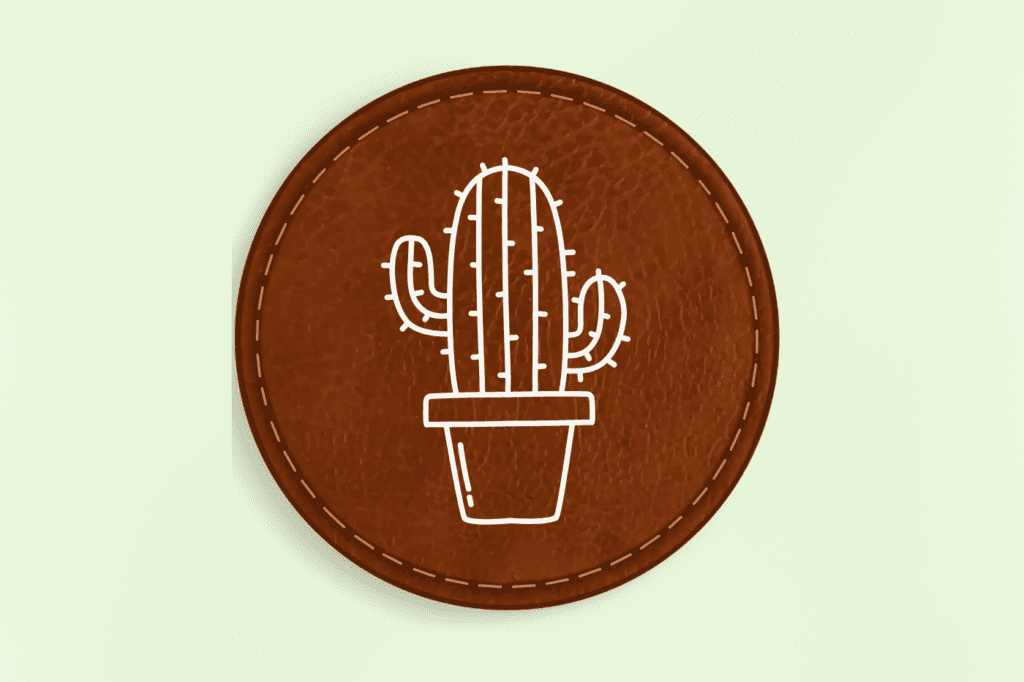
Ah, the possibilities are practically endless! Just like traditional leather, cactus leather can be used to craft a wide range of products, from fashion accessories to home decor items.
Here are just a few examples of what you can make out of this innovative material:
- Bags and purses: Cactus leather makes for stylish and durable handbags, backpacks, wallets, and clutches. You can find a variety of designs, colors, and styles to suit your taste.
- Shoes: Say goodbye to conventional leather shoes and hello to eco-friendly footwear! This plant-based leather is used to create fashionable and comfortable shoes, including sneakers, boots, sandals, and loafers.
- Apparel: From jackets and coats to skirts and pants, cactus leather can be fashioned into a wide range of clothing items. Whether you’re looking for a chic jacket or a statement piece, you’ll find plenty of options made from this sustainable material.
- Accessories: In addition to bags and shoes, cactus leather can be used to make belts, watch straps, hats, and even jewelry. These accessories add a touch of style to any outfit while helping you make a positive impact on the environment.
- Home decor: Spruce up your living space with cactus leather home decor items such as cushions, upholstery, rugs, and lampshades. Not only are these pieces stylish and modern, but they also add a unique touch to your home while being eco-friendly.
So whether you’re in the market for a new handbag, a pair of shoes, or some chic home decor, consider opting for products made from cactus leather.
Is cactus leather sustainable?
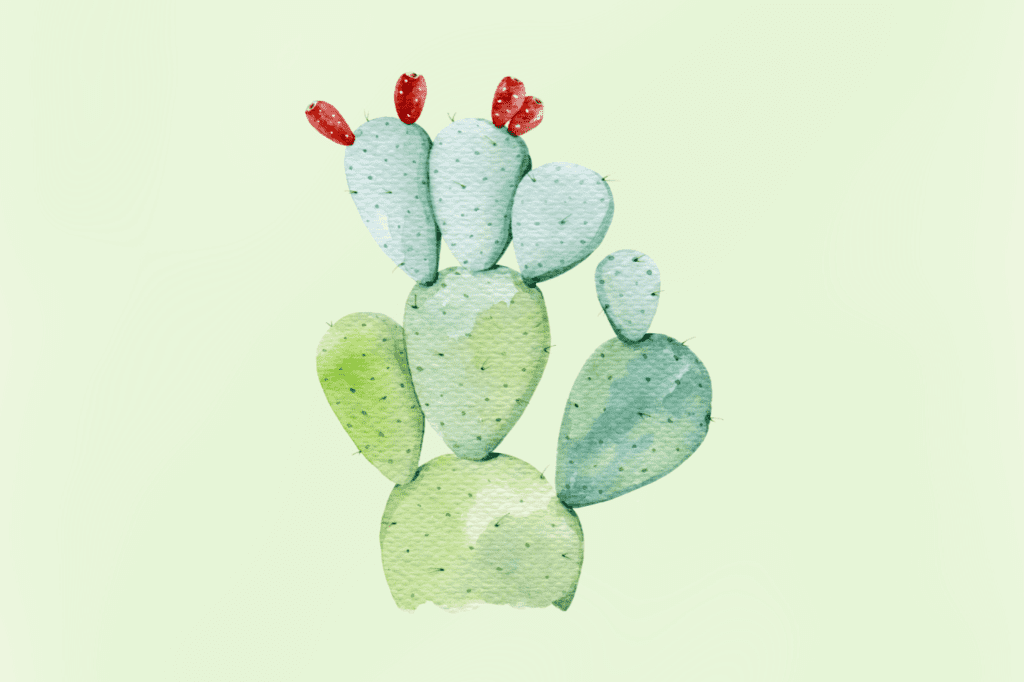
Yes, cactus leather is considered sustainable for several reasons:
- Eco-friendly production: Cactus leather is typically made using sustainable harvesting methods that have a minimal impact on the environment. The cactus plants used in production require less water and land compared to traditional livestock farming for leather.
- Biodegradability: Unlike synthetic materials, cactus leather is biodegradable, meaning it will naturally break down over time without leaving behind harmful residues or contributing to pollution.
- Reduced carbon footprint: The manufacturing process for cactus leather often involves fewer harmful chemicals and emissions compared to traditional leather production, leading to a lower carbon footprint.
- Animal-friendly: Cactus leather is a cruelty-free alternative to traditional leather, as it does not involve the use of animal hides or by-products. This makes it a popular choice for individuals who prefer vegan or ethical products.
- Versatility: It can be used to create a wide range of products, from fashion accessories to home decor items, offering consumers sustainable alternatives in various industries.
Overall, cactus leather offers a promising solution to the environmental and ethical concerns associated with traditional leather production, making it a popular choice among eco-conscious consumers.
The pros and cons of cactus leather
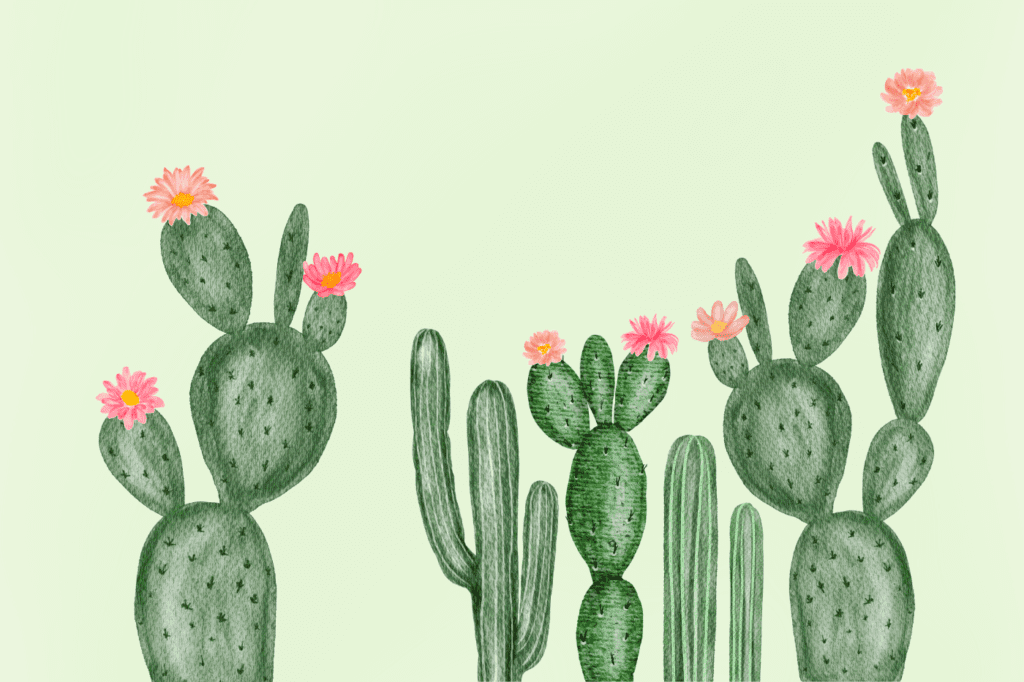
What are the advantages of cactus leather?
- Eco-friendly: Cactus leather is made from sustainably sourced materials, making it a more environmentally friendly alternative to traditional leather. It helps reduce the demand for animal-based products and minimizes the carbon footprint associated with leather production.
- Cruelty-free: Unlike conventional leather, cactus leather does not involve the use of animal hides or by-products. This makes it a cruelty-free option for those who are ethically conscious and prefer not to support the leather industry’s practices.
- Biodegradable: Cactus leather is biodegradable, meaning it breaks down naturally over time without releasing harmful toxins into the environment. This makes it a more sustainable choice compared to synthetic materials that contribute to plastic pollution.
- Versatile: Cactus leather can be used to create a wide range of products, including fashion accessories, footwear, apparel, and home decor items. Its versatility allows designers and manufacturers to explore various applications while maintaining a stylish and modern aesthetic.
- Durable: Cactus leather is known for its durability and strength, making it suitable for everyday use. It can withstand wear and tear, making it a long-lasting option for consumers looking for high-quality products.
What are the disadvantages of cactus leather?
- Limited availability: While cactus leather is gaining popularity, it is still not as widely available as traditional leather or synthetic alternatives. This may limit consumer choice and accessibility, particularly in regions where cactus cultivation is not prevalent.
- Cost: Cactus leather products may be priced higher than their conventional counterparts due to the production process and limited availability. This higher cost may deter some consumers from choosing cactus leather products, especially those on a tight budget.
- Water-intensive: While cactus cultivation is generally considered more water-efficient than raising livestock for leather production, it still requires water for irrigation. In regions where water scarcity is a concern, the water-intensive nature of cactus farming may pose environmental challenges.
- Limited color options: Compared to traditional leather, which can be dyed in a wide range of colors, cactus leather may have limited color options. This may restrict design possibilities for manufacturers and limit consumer preference for specific colors or shades.
- Processing challenges: The production process of cactus leather involves several steps, including harvesting, drying, and processing the cactus fibers. These processes may require specialized equipment and expertise, leading to potential challenges in scaling up production to meet growing demand.
Overall, while cactus leather offers many advantages in terms of sustainability, durability, and versatility, it also comes with some limitations that need to be considered in the broader context of sustainable fashion and consumer preferences.
FAQs about cactus leather
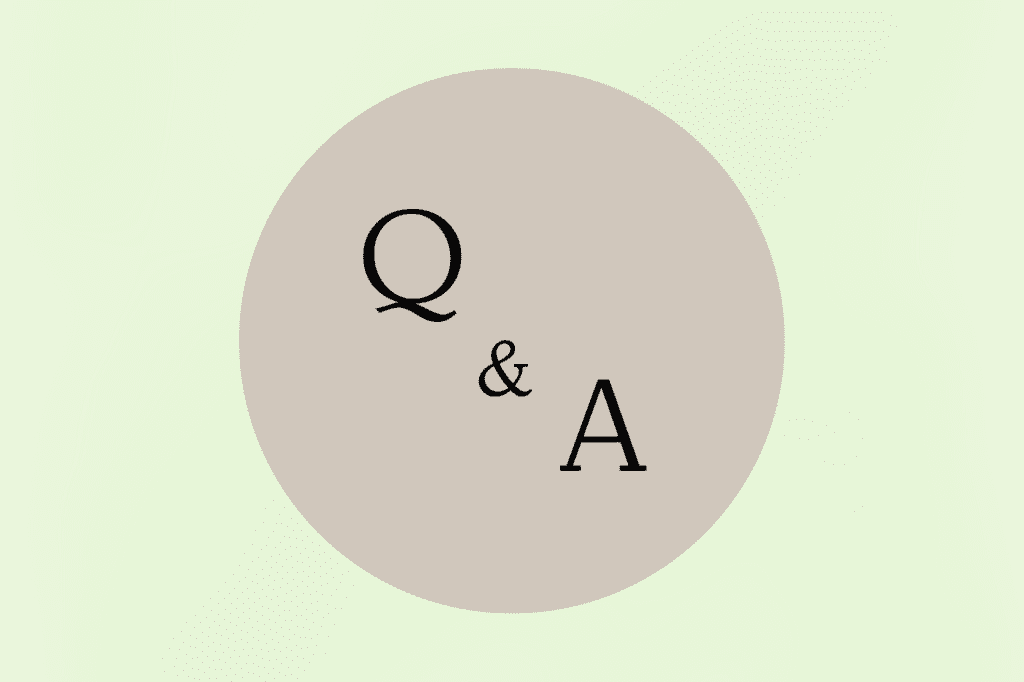
Here are some common questions you might have about cactus leather:
Is cactus leather as good as leather?
Cactus leather holds its own against traditional leather in terms of durability, texture, and style. While it may not mimic every aspect of animal-based leather, it’s a fantastic alternative that’s gaining popularity in fashion circles.
How long does cactus leather last?
With proper TLC, cactus leather goods can stick around for years, just like their traditional leather counterparts. It all boils down to how well you care for them and the quality of craftsmanship.
Is cactus leather cheaper than leather?
Prices for cactus leather items can vary depending on factors like production methods and brand. Sometimes, they might be in the same price ballpark as traditional leather goods, while in other cases, they could be a bit pricier due to their eco-friendly nature.
Is cactus leather waterproof?
While cactus leather has a natural resistance to water, it’s not completely waterproof. You can boost its water resistance with certain treatments, but it’s best to avoid prolonged exposure to water to keep it in top shape.
Is cactus leather eco-friendly?
Absolutely! Cactus leather is a sustainable choice since it’s made from renewable materials. Unlike traditional leather, which involves animal farming, cactus leather production is kinder to the planet and reduces reliance on animal-derived products.
Is cactus leather soft?
You bet! Depending on how it’s made and treated, cactus leather can be just as soft and luxurious as traditional leather. It might have a slightly different feel, but overall, it’s comfy and stylish.
Takeaway Cactus Leather
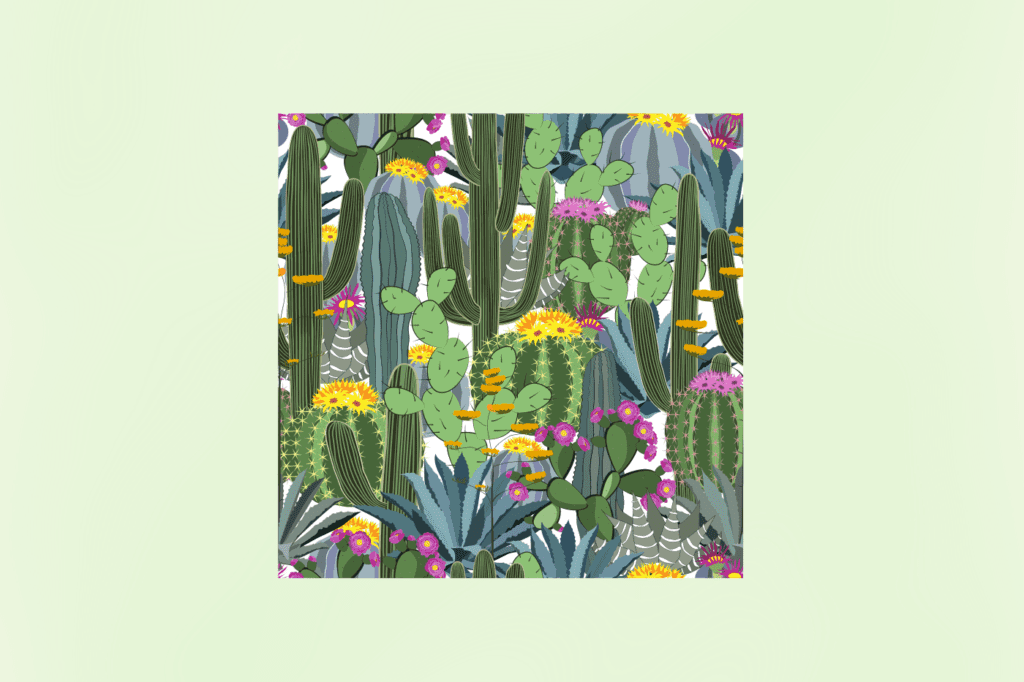
From its innovative production process using nopales cactus to its eco-friendly credentials and versatile applications in fashion and beyond, cactus leather is a promising sustainable alternative to traditional animal-derived leather.
We’ve delved into its advantages, including its durability, biodegradability, and potential to reduce environmental impact.
However, we’ve also acknowledged some limitations, such as its current limited availability and higher price point compared to conventional leather. Despite these challenges, the growing interest in cactus leather signifies a shift towards more ethical and sustainable practices in the fashion industry.
By staying informed and continuing to support eco-conscious innovations like cactus leather, we can all play a part in creating a more sustainable future. 🌵💚





